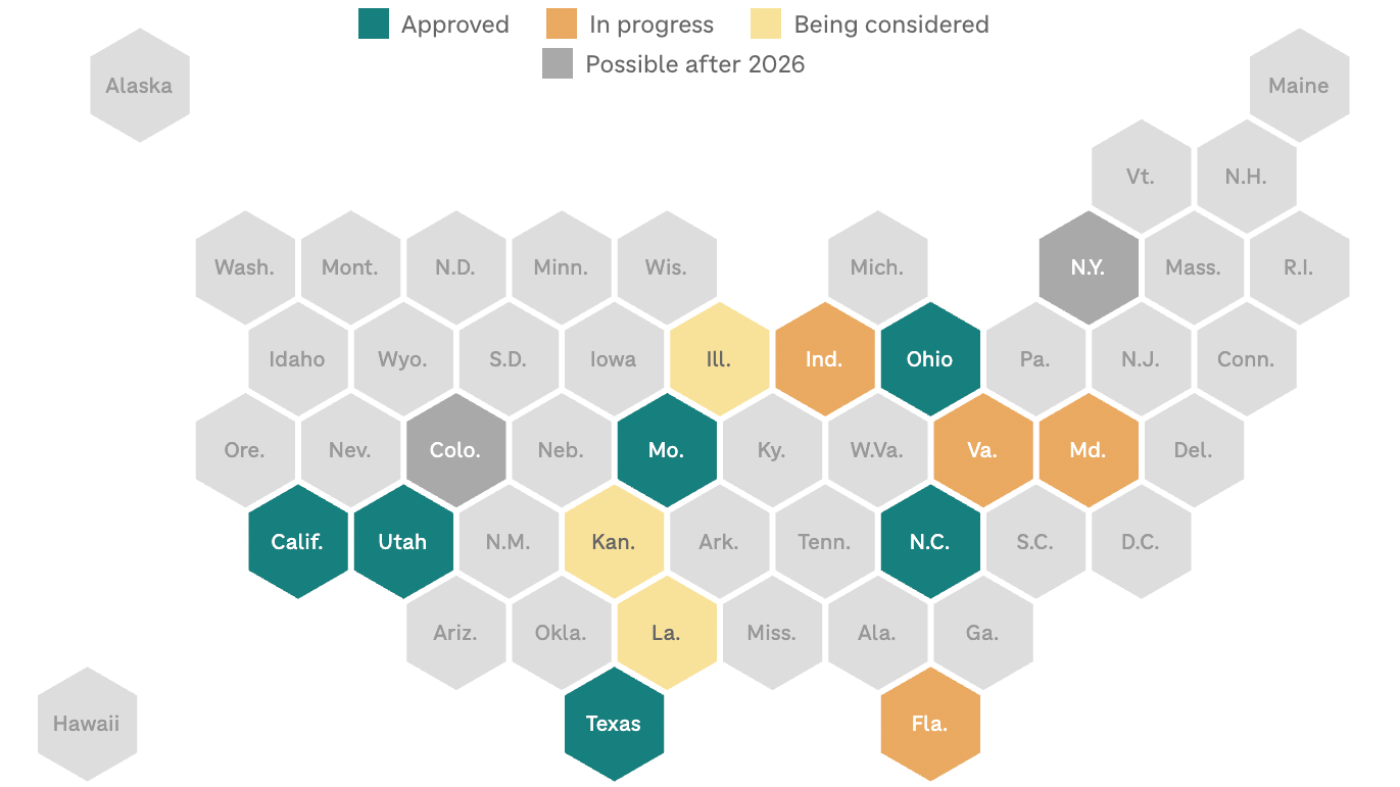KYODO VIA REUTERS
Bookshelves and documents that fell during an earthquake are seen at Kyodo News’ Hakodate bureau in Hakodate, Hokkaido, Japan, today.
TOKYO >> A powerful 7.5-magnitude earthquake shook northeastern Japan late today, prompting tsunami warnings and orders for about 90,000 residents to evacuate.
The Pacific Tsunami Warning Center on Oahu said there was no tsunami threat to Hawaii, but the Japan Meteorological Agency said a tsunami as high as 10 feet could hit Japan’s northeastern coast after the earthquake struck off the coast at 11:15 p.m. (4:15 a.m. in Hawaii).
Tsunami warnings were issued for the prefectures of Hokkaido, Aomori and Iwate, and tsunamis from 20 to 70 cm (7 to 27 inches) high were observed at several ports, JMA said.
The epicenter of the quake was 50 miles off the coast of Aomori prefecture, at a depth of about 31 miles, the agency added.
On Japan’s 1-7 scale of seismic intensity, the tremor registered as an “upper 6” in Hachinohe city, Aomori prefecture — a quake strong enough to make it impossible to keep standing or move without crawling. In such tremors, most heavy furniture can collapse and wall tiles and windowpanes are damaged in many buildings.
There was little immediate information of major damage or casualties from public broadcaster NHK. It cited a hotel employee in Hachinohe as saying a number of people were injured and taken to hospital, but that all were conscious.
Don’t miss out on what’s happening!
Stay in touch with breaking news, as it happens, conveniently in your email inbox. It’s FREE!
“As of now, I am hearing that there have been seven injuries reported,” Prime Minister Sanae Takaichi told reporters early on Tuesday morning.
East Japan Railway 9020.T suspended some services in the area, which was also hit by the massive 9.0-magnitude quake in March 2011.
“There is a possibility that further powerful and stronger earthquakes could occur over the next several days,” a JMA official said at a briefing.
Following the tremor, the JMA issued an advisory for a wide region from the northernmost island of Hokkaido down to Chiba prefecture, east of Tokyo, calling on residents to be on alert for the possibility of a powerful earthquake hitting again within a week.
No irregularities were reported at nuclear power plants in the region run by Tohoku Electric Power 9506.T and Hokkaido Electric Power 9509.T, the utilities said. Tohoku Electric initially said thousands of households had lost power but later lowered that number to the hundreds.
The yen weakened against major currencies after news of the tremor, before regaining some ground. The dollar touched a session high and was trading at around 155.81 yen around 1533 GMT, while the euro also hit a session high.
Japan is one of the world’s most earthquake-prone countries, with a tremor occurring at least every five minutes. Located in the “Ring of Fire” of volcanoes and oceanic trenches partly encircling the Pacific Basin, Japan accounts for about 20% of the world’s earthquakes of magnitude 6.0 or greater.
The northeastern region suffered one of the country’s deadliest earthquakes on March 11, 2011, when a 9.0-magnitude tremor struck under the ocean off the coast of the northern city of Sendai. It was the most powerful ever recorded in Japan and set off a series of massive tsunami that devastated a wide swathe of the Pacific coastline and killed nearly 20,000 people.
The 2011 tsunami also damaged the Fukushima Daiichi nuclear plant, leading to a series of explosions and meltdowns in the world’s worst nuclear disaster for 25 years.
Drawing on lessons from that disaster, when a magnitude 7-level earthquake had struck two days beforehand, the government now issues a one-week “megaquake” advisory whenever a significant earthquake occurs in the region. In a similar vein, a megaquake advisory was issued in August last year for the Nankai Trough area in central-southern Japan.






































